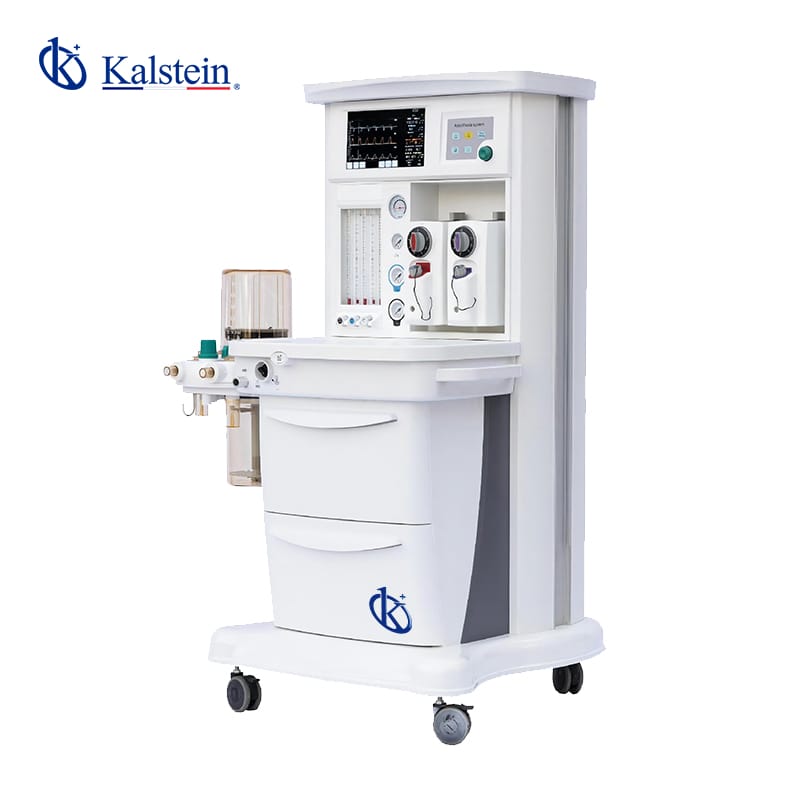The anesthesia machines are a crucial tool in modern medical procedures.
This article provides a detailed guide on how to use medical line anesthesia machines for optimal results, offering practical tips and step-by-step tutorials.
Introduction to Anesthesia Machines
Anesthesia machines have revolutionized medicine, enabling safe and effective surgical procedures. These machines deliver a controlled mixture of anesthetic gases and oxygen, ensuring patients remain unconscious and pain-free during surgery.
In the last decade, anesthesia machines have undergone significant advancements. The latest trends in medical technology have led to the integration of safer and more efficient systems, enhancing the experience for both patients and healthcare professionals.
Preparation and Initial Setup
Before using an anesthesia machine, it is crucial to conduct a thorough equipment check. This includes checking gas levels, verifying connections, and ensuring monitoring systems are functioning correctly.
A critical step is calibrating sensors and adjusting parameters according to the patient’s needs. These preparations not only ensure patient safety but also optimize the effectiveness of the anesthetic procedure.
Selection and Administration of Anesthetic Gasses
The selection of anesthetic gasses is fundamental to the success of the procedure. Anesthesiologists must choose the appropriate gas mixture based on factors such as the surgery’s duration, the patient’s health status, and potential allergic reactions.
Administering the correct dosage is a delicate task requiring meticulous attention. Recent advances in medical research have led to the development of software that helps professionals determine the precise dosage, minimizing the risk of complications.
Monitoring and Control During Surgery
Continuous monitoring of the patient’s vital signs is essential during any surgical procedure. Modern anesthesia machines are equipped with advanced monitoring systems that provide real-time data on heart rate, blood pressure, and oxygen levels.
Controlling these parameters allows anesthesiologists to adjust anesthesia administration as needed, ensuring the patient’s stability and responding quickly to any changes in their condition.
Maintenance and Cleaning of Equipment
Regular maintenance and proper cleaning of anesthesia machines are vital for their continuous and safe operation. Professionals should follow the manufacturer’s guidelines for cleaning and sterilizing components after each use.
Additionally, performing periodic inspections and functional tests ensures the machine is in optimal condition, which not only prolongs its lifespan but also enhances patient safety.
Innovations and the Future of Anesthesia Machines
Technological innovations are continuously transforming anesthesia machines. The latest trends in medical technology include the development of more intuitive systems with improved user interfaces and automation capabilities.
The future of anesthesia machines looks promising with advancements such as artificial intelligence and augmented reality, which could further improve the precision and safety of anesthetic procedures.
Practical Tips for Anesthesiologists
To optimize the use of anesthesia machines, anesthesiologists should stay updated with the latest technologies and techniques. Participating in continuous education programs and workshops is crucial for improving skills and knowledge.
Moreover, establishing clear communication with the surgical team and the patient is essential. This ensures better coordination and allows professionals to anticipate and quickly resolve issues during surgery.
Step-by-Step Tutorial for Using the Anesthesia Machine
-
Initial Verification: Ensure all components are in place and functioning correctly.
-
Parameter Setup: Adjust gas levels and parameters according to the patient’s needs.
-
Function Test: Perform a function test to ensure the machine is operational.
-
Anesthesia Administration: Begin administering anesthetic gases, constantly monitoring the patient’s vital signs.
-
Continuous Monitoring: Adjust gas levels as needed, maintaining constant vigilance over the monitoring data.
-
Procedure Completion: Gradually reduce anesthesia administration and ensure the patient regains consciousness safely.
Conclusion
The effective use of anesthesia machines is essential for successful surgical procedures. By following this detailed guide, professionals can ensure they are using anesthesia machines in the most efficient and safe manner possible.
Keeping up with recent advances in medical research and the latest trends in medical technology is key to continually improving clinical outcomes and patient safety.
If you’re seeking a blend of innovation and quality, you’ve come to the right place. At https://kalstein.de/category-product/medical-line/anaesthetic-machine/ we offer you the luxury to explore our exclusive catalog of laboratory equipment. We manufacture each piece of equipment with a level of excellence. Our intuitive and agile online shopping channels are designed for your convenience, ensuring the friendliest prices. Don’t hesitate any longer, we bring science to life, it’s time to become part of our community. https://kalstein.de/

